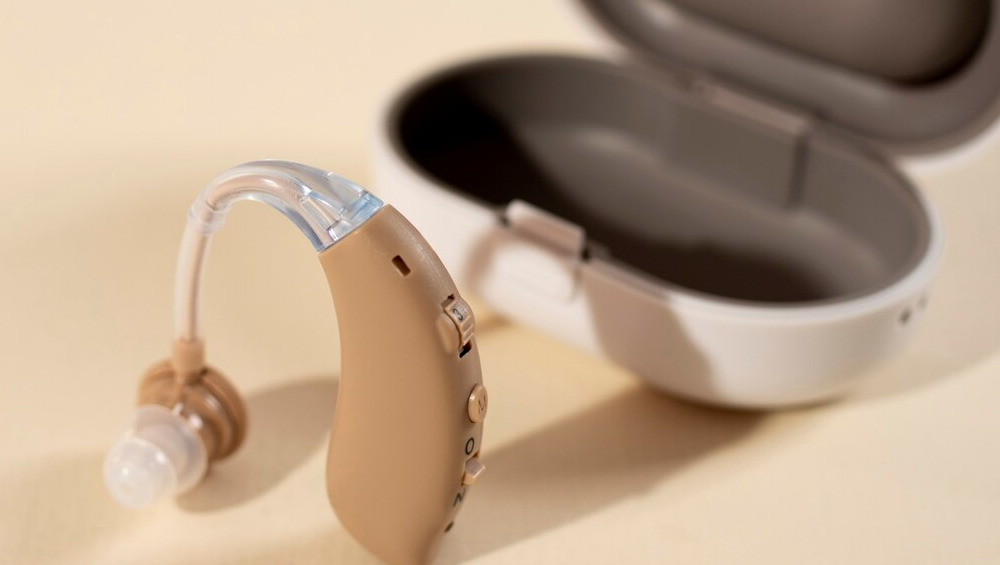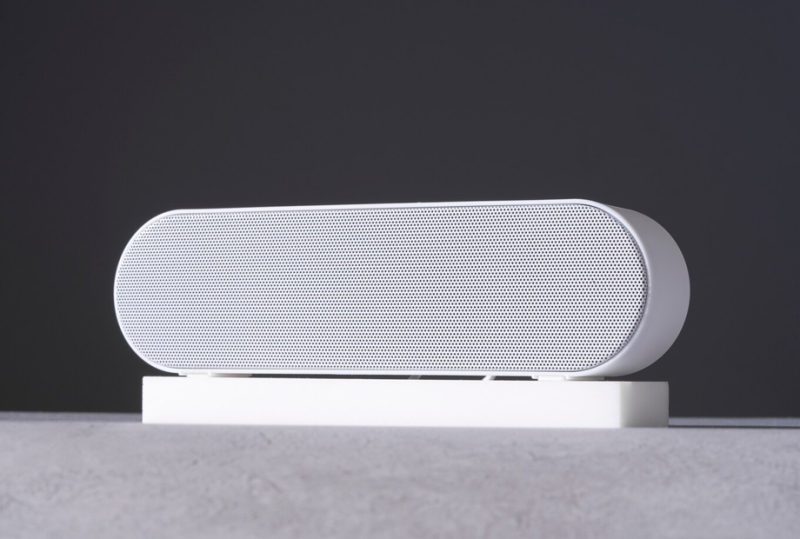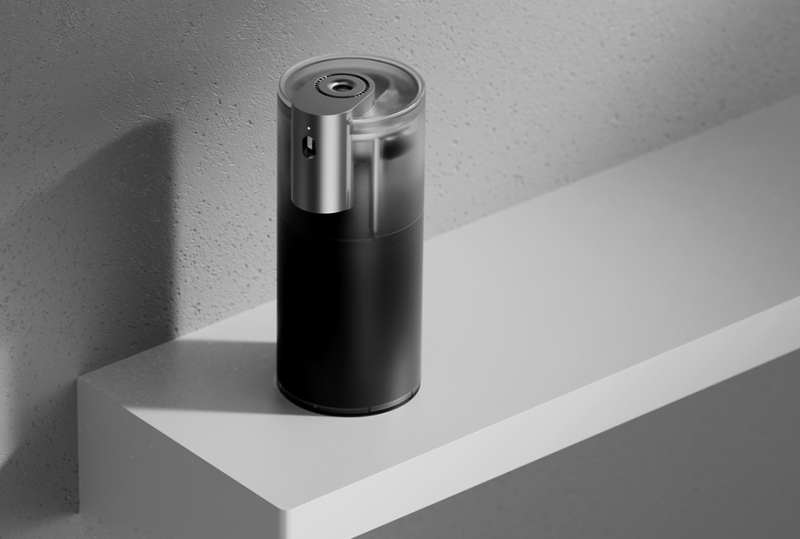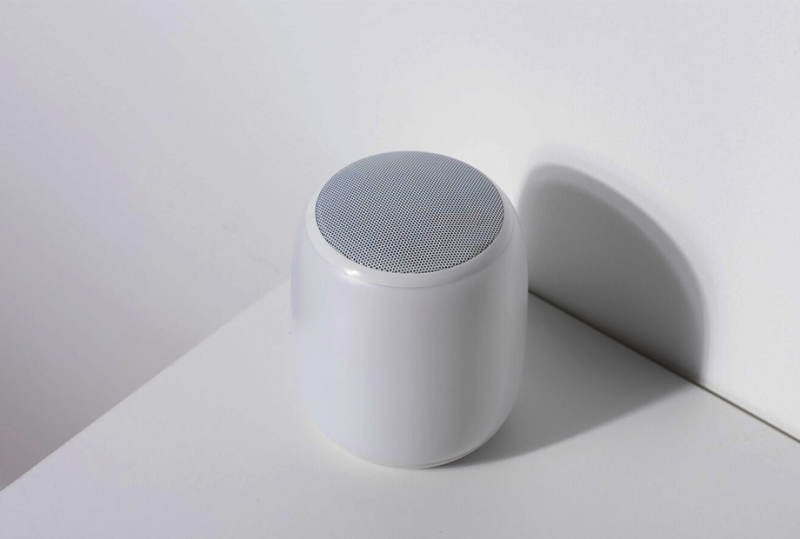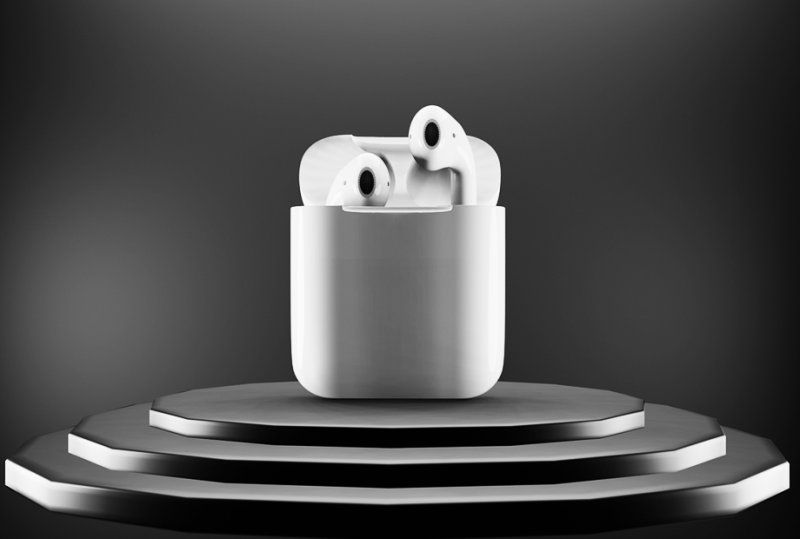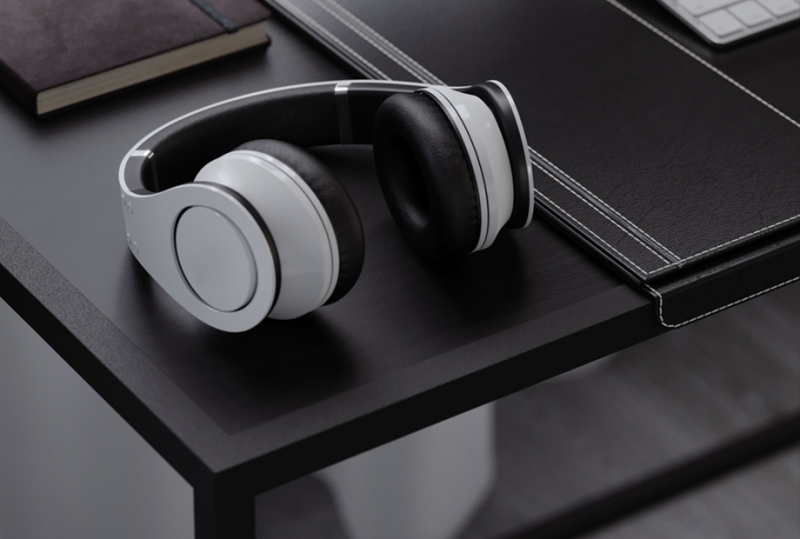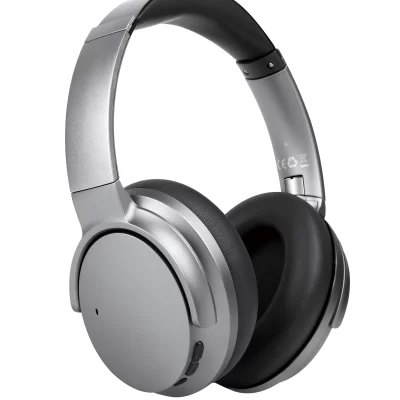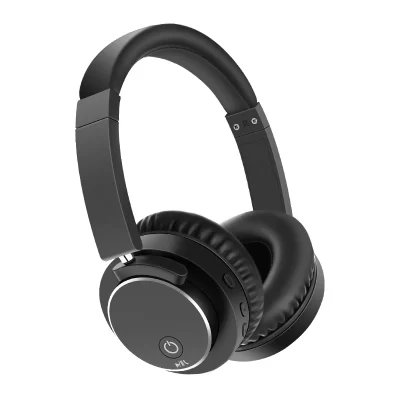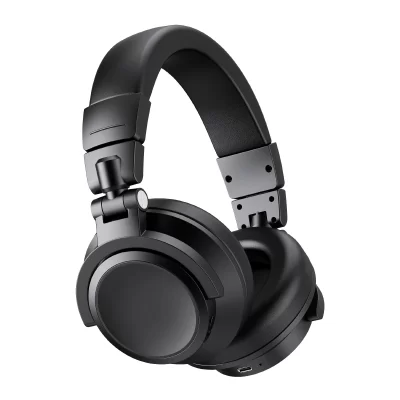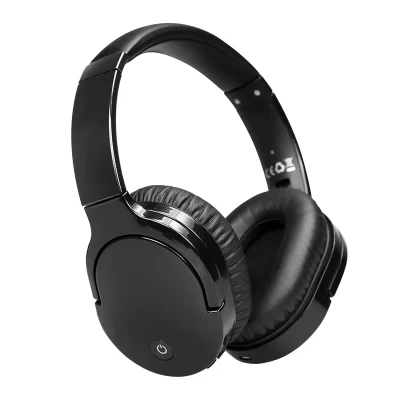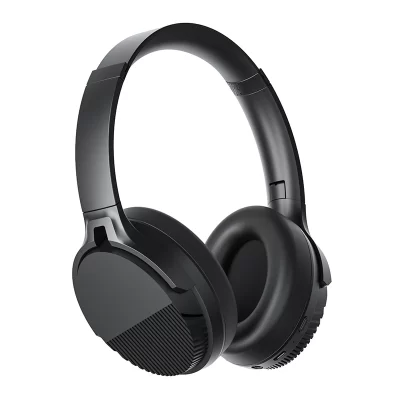A bone conduction headset just might be the best work solution, whether you are working from home, working from any remote location, or working in a traditional office setting. This type of headset is fairly new in the market, which is probably why not a lot of people are eager to make the switch from traditional headsets. Although many people are comfortable with their current on-ear headsets or earbuds, lots of people are discovering how a bone conduction headset can allow them to focus on work, talk to clients, listen to music, and more—without blocking real-world noise.
Whether your job requires you to take a handful of phone calls throughout your shift, bone conduction headsets make a great option for any line of office work. Because communication is an integral aspect of almost any workplace. And knowing that you can pass the time while listening to music without blocking outside noise is an excellent way to stay alert for phone calls and other workplace communication.
If you work from home, you may be wondering why you are going to need a bone conduction headset. Well, even if you are not physically in the same room as your workmates, being aware of your surroundings is a must anywhere you are. You might want to be alert for emergencies, home deliveries, phone calls, or any other reason. In addition, having one of these headsets on all day will not hurt your ears as traditional headsets do—so make sure you check out the best bone conduction headset for you once you finish reading this article.
With so many benefits, you are probably wondering how the heck they work in the first place. Lucky for you, you stumbled on the right page to get your answers. By the end of the article, you will be informed enough to decide whether you need a bone conduction headset or not. But first, let’s find out what bone conduction headsets are.
What are Bone Conduction Headsets?
Bone conduction headsets have the same function as just about any other type of headset for mobile, computers, tablets, and other types of audio players. They play audio and come with a mic so you can stream, make a call, attend conferences, listen to music, record voice memos, and a whole lot more. The only difference is that unlike other mobile or computer headsets that produced noise from a tiny speaker you put over or directly in your ears— a bone conduction wireless headset produces sound through vibrations.
For people who have trouble hearing sound waves being transmitted through the air to their eardrums—a hands free bone conduction headset will make an excellent solution since they produce sound differently. Now that you know what bone conduction headsets are, let’s dive into the details that explain how they actually work.
Bone Conduction Headsets Explained
Before bone conduction headsets were a thing, most of the sounds we hear are by air conduction. The sound vibrations travel through the air into our ear canals, which causes our eardrums to vibrate and our brains to process and interpret the different sounds. On the other hand, bone conduction headsets produce sounds through bone conduction.
The science behind it is quite simple. Instead of vibrations travelling from air into your ear canals—bone conduction headsets produce waves that bypass the eardrum and go directly to your inner ear.
And to add more insight, the famous composer Beethoven actually discovered bone conduction when he started to experience a loss of hearing. In order to play the piano and hear the music he is playing; he holds his conducting baton between his teeth as he plays the piano. The vibrations travel through the baton from the piano to his inner ear—allowing him to hear the notes and still play and write music despite his hearing condition.
How Does Bone Conduction Actually Work?
Because of Beethoven’s discovery, bone conduction headsets were created to work the same way. Instead of setting the headset in or over your ears, you will set it over your jaw—which will allow the sound vibrations to travel to your inner ear using the bones located in your jaw and upper cheek. This headphone-wearing style is a lot safer and more hygienic than traditional earbuds.
The process is actually quite impressive. For lack of a better word, bone conduction headsets trick your cochlea or inner ear into believing that the sound is coming from the eardrums rather than your bones. And as a result, you can hear the sound clearly as if you are listening using actual earphones or headphones. And all of this happens without blocking other sounds that actually travel through the air into your eardrums.
Using just the bones on your face, you can listen to music, podcasts, and more without compromising the sound quality.
Are Bone Conduction Headsets Safe?
Now that you know how these things work, you are probably wondering if they are safe, especially because the technology is relatively new and there are not a lot of studies connected to this tech. Although these headphones weren’t accessible to the general public a few years ago, this technology has been around for quite some time and it is present in hearing aids for people experiencing hearing loss.
Generally, bone conduction headsets are safe to use. And just like most headphones and headsets, wireless bone conduction headsets are safe to use as long as you use them properly. In fact, they promote safety because of their design. Because you are not blocking your ears from the outside world, walking around with bone conduction headphones is much safer since you can still hear your surroundings and hear calls for warning.
But no product is perfect. Some people might not like listening to music or talking on the phone using this type of headset, but some of the advantages outweigh the disadvantages.
Why Should You Buy Bone Conduction Headsets?
There are more reasons to buy bone conduction headsets than not to. Here are some of the advantages of using bone conduction headsets you might want to know.
They are excellent for most professions
Many jobs require constant communication. Although regular headsets work for that, the workplace definitely needs situational awareness. With that being said, a bone conduction headset will give you both.
They allow you to be aware of your surroundings
Yes, listening to music is more immersive with noise-cancelling headphones that block the outside world. However, if you are listening to music while working—you might want to be aware of what is happening around you. Whether someone is trying to get your attention or if someone is at the door when you are working from home, being aware of your surroundings does not make listening to music less immersive.
They are excellent for people with trouble hearing
Because bone conduction headsets and their technology were used for hearing aids, people with impaired hearing will be able to listen to their favourite songs, podcasts, and movies when wearing this type of headset.
They promote safety
Because bone conduction headsets allow you to keep both ears free, they are perfect for situations where you require situational awareness to maintain safety, such as while working on site or while driving.
They are preferable to mono headsets
Some offices use mono headsets so that workers can have one ear free for communicating in the workplace. But because only one ear is available, you still might not be able to hear things clearly. Bone conduction headsets will give you the best of both worlds.
They are comfortable to wear
Traditional headsets can cause discomfort when you wear them for hours, not to mention that you have to remove them when having conversations or when driving. One of the best advantages of bone conduction headsets is that you can wear them all day—even when talking to your colleagues or when driving.

